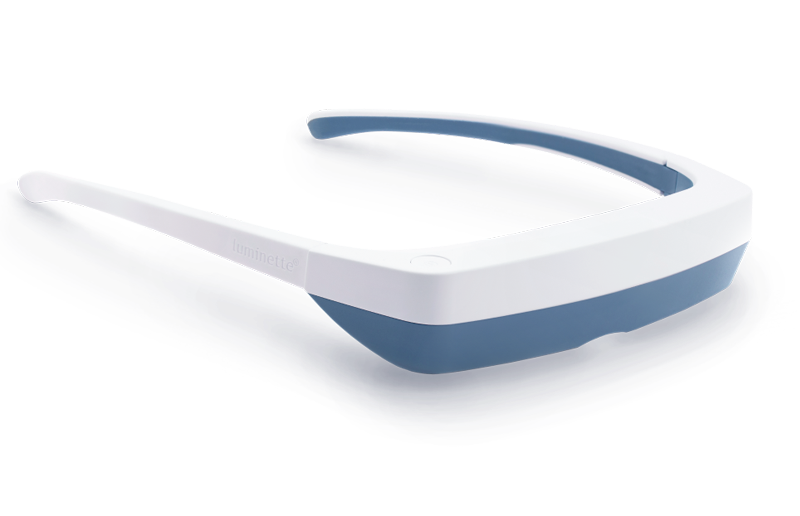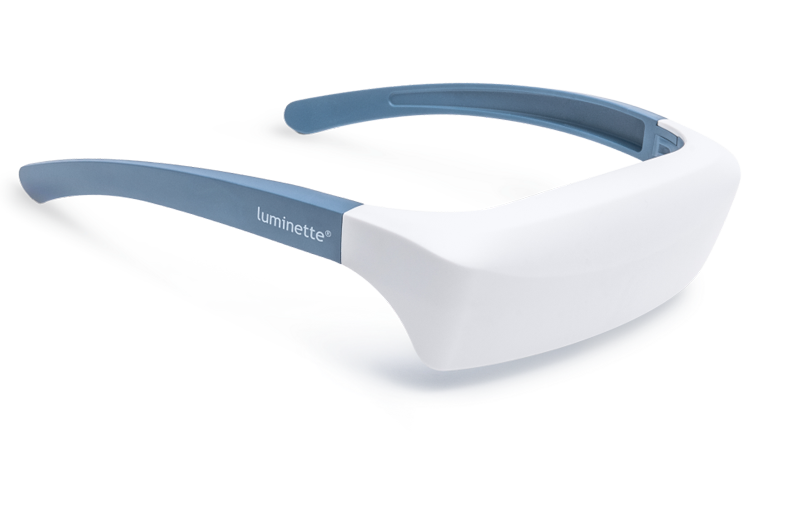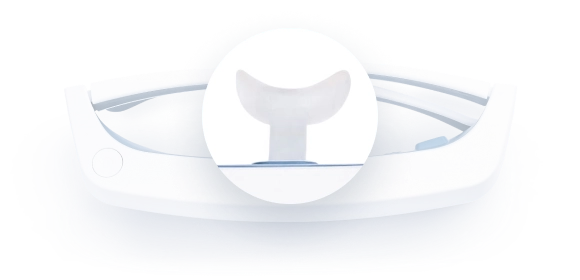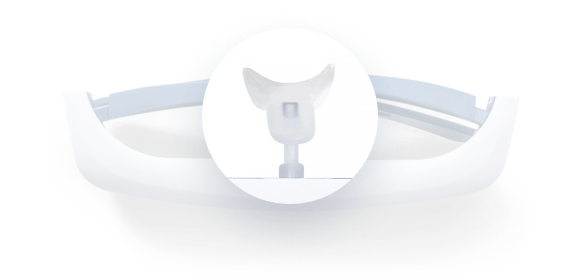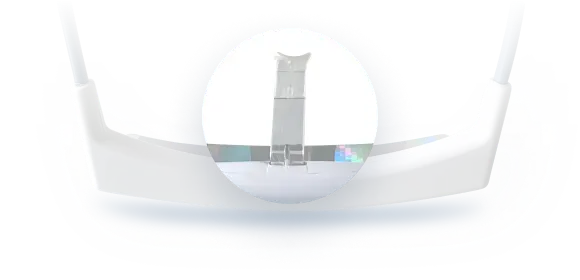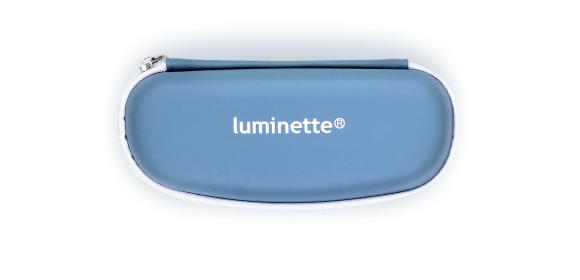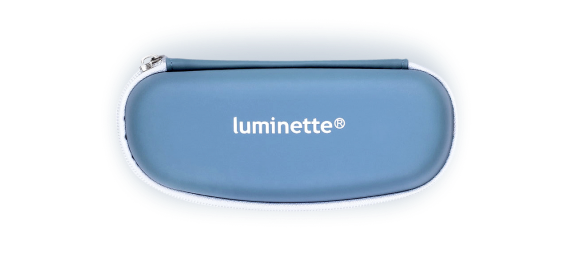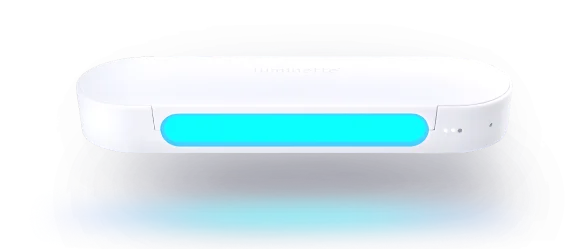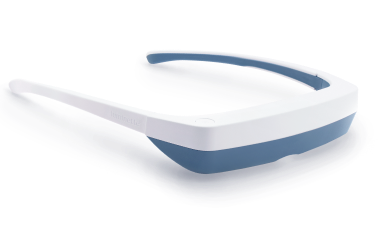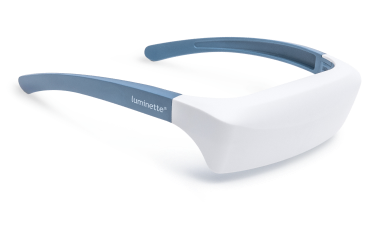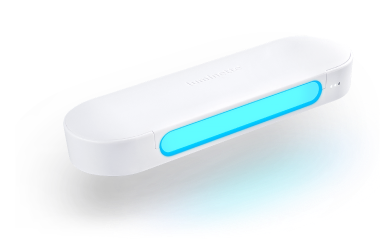In the pursuit of effective and holistic approaches to weight management, emerging research suggests that light therapy may play a role in influencing the body's metabolic processes. While conventional methods like diet and exercise remain pivotal, understanding the potential impact of light on our internal biological rhythms offers an intriguing avenue for exploration. This introduction sets the stage for delving into the intricate relationship between light therapy and weight loss, inviting readers to consider the multifaceted factors contributing to a healthier lifestyle.
What is Light therapy
Light therapy, also referred to as phototherapy, is a noninvasive, clinically approved treatment that utilizes exposure to specific wavelengths of artificial light to treat various physical and mental health conditions. The most commonly used wavelengths are in the blue and white light spectrum, which closely mimic natural daylight. This therapy is particularly effective in influencing the body’s clock, the internal biological clock that governs sleep, alertness, hormonal release, and even metabolism.
The fundamental concept behind light therapy is to replicate the beneficial aspects of natural sunlight—especially during times or in regions where daylight exposure is limited, such as during winter or for shift workers. Light therapy typically involves sitting near a light therapy box or wearing light therapy glasses, which emit bright light at prescribed intensities, generally measured in lux (usually 10,000 lux for therapeutic use). Sessions typically last from 20 to 45 minutes per day, ideally in the morning, to align with the body’s natural wake-up signals.
Scientific research shows that bright light exposure stimulates the retina, which then signals the hypothalamus in the brain—a region central to controlling mood, hormone release, and energy balance. Consequently, light therapy helps regulate melatonin (a sleep-related hormone) and serotonin (a mood-related neurotransmitter), making it especially effective for treating low seasonal mood, insomnia, and mood swings.

The mechanism of light therapy revolves around the interaction between light-sensitive receptors in the eyes and the brain. These receptors, particularly those involved in regulating the sleep-wake cycle, respond to exposure to specific wavelengths of light. Light therapy is commonly used to address conditions where individuals experience depressive symptoms during the darker months. Additionally, it has shown promise in managing sleep disorders, mood disorders, and even contributing to the regulation of appetite and metabolism. Understanding the definition and mechanism of light therapy is crucial for exploring its potential applications in various aspects of health, including the intriguing connection with weight loss.
How Light Affects Your Brain and Hormones
Light therapy isn’t just about brightness—it delivers targeted light wavelengths that directly influence brain function. When eyes detect light, signals travel to the suprachiasmatic nucleus in the hypothalamus. This region controls your internal clock, which dictates when you feel awake, hungry, tired, or alert. Therapeutic light—especially within the blue-enriched spectrum—boosts serotonin production and suppresses melatonin in the morning, helping you feel energized and focused. In the evening, avoiding certain wavelengths supports natural melatonin release, preparing your body for restful sleep. This hormone-regulating effect explains why light therapy can impact not only sleep but also mood, appetite, and metabolism without invasive treatments.
What You Need to Know About Light Therapy
Light therapy mimics natural sunlight, helping your body regulate essential biological functions like sleep, mood, and metabolism
It works by stimulating retinal receptors, which influence the hypothalamus—the brain’s control center for body's clock and hormone regulation
Morning exposure to bright light (ideally 10,000 lux) can increase serotonin, suppress melatonin, and reset your internal body's clock
Devices like light therapy boxes or wearable glasses make treatment accessible at home, especially during low-light seasons or for people with irregular schedules
Light therapy is safe, non-invasive, and increasingly backed by clinical research for use in mental health, sleep improvement, and even metabolic support
Different Types of Light Therapy and Their Uses
There are several forms of light therapy, each targeting specific health concerns. The most common is bright light therapy, often used in the treatment of sleep disorders. This typically involves sitting near a light box that emits at least 10,000 lux of white or blue-enriched light. Other types include blue light therapy for acne and skin conditions and infrared or near-infrared light therapy, which is used to stimulate cellular repair, reduce inflammation, and even support muscle recovery. Choosing the right type depends on your goals—for example, circadian support and weight balance benefit most from morning bright light exposure using specialized light therapy glasses or lamps.
Hormonal Regulation and Appetite
Light therapy's impact on hormonal regulation plays a pivotal role in influencing appetite and, consequently, weight management. Exposure to specific wavelengths of light, particularly in the morning, can stimulate the production of serotonin, a neurotransmitter associated not only with mood regulation but also with impulse control and appetite moderation. Higher serotonin levels have been linked to reduced cravings, particularly for carbohydrates, which can support healthier eating habits throughout the day.
Moreover, light therapy affects the secretion of melatonin, the hormone responsible for promoting sleep. Since melatonin production is naturally suppressed by morning light, this suppression can help reinforce, which in turn helps regulate other key hormones involved in appetite control.
In particular, leptin and ghrelin—two hormones directly tied to hunger and satiety—are significantly influenced by light exposure and sleep quality. Leptin, often referred to as the “satiety hormone,” increases with consistent, healthy circadian signaling, promoting feelings of fullness and reducing the likelihood of overeating. On the other hand, ghrelin, known as the “hunger hormone,” tends to spike in cases of circadian disruption or sleep deprivation, leading to increased hunger and poor food choices.
By optimizing light exposure through daily light therapy sessions, especially in the early hours of the day, it may be possible to naturally shift this hormonal balance in favor of better appetite control. This hormonal interplay suggests that light therapy may contribute not only to a more balanced appetite but also to reduced late-night cravings, improved sleep, and greater metabolic stability—all of which are essential components in a holistic, sustainable approach to weight loss.

How Hormones Affected by Light Therapy Influence Weight Loss
Hormonal shifts caused by light therapy—particularly in serotonin, melatonin, leptin, and ghrelin—play a crucial role in managing hunger cues and metabolic efficiency. When these hormones are balanced, your body is better equipped to regulate appetite, avoid unnecessary snacking, and maintain a healthy metabolism. Since weight loss depends heavily on caloric control and hormone-driven behaviors like cravings and emotional eating, integrating light therapy into your routine may offer a noninvasive support tool for achieving weight loss goals.
Morning Light Exposure as a Natural Tool for Supporting Weight Loss
Early exposure to bright light can help align your body’s internal clock, which has been shown to improve sleep, energy, and appetite control. Morning light boosts serotonin, which supports better mood and motivation—key psychological factors that influence diet and exercise adherence. By helping to regulate appetite throughout the day and reduce nighttime hunger, morning light therapy can complement traditional methods such as diet and exercise to create a more effective and sustainable weight loss strategy.
Types of Light Used in Therapy
Light therapy encompasses a variety of light types, each designed to produce specific physiological responses depending on the targeted health goal. These lights differ primarily in wavelength, intensity, and spectral composition, and their selection can significantly influence the therapy’s overall effectiveness. Among the most widely used are blue light, white light, and full-spectrum light, each offering unique benefits and applications.
Blue light therapy has gained particular attention for its ability to boost alertness and energy levels by mimicking the shorter wavelengths found in morning sunlight. This type of light stimulates areas of the brain responsible for regulating mood and cognitive function. More recently, studies have suggested that blue light may also contribute to weight loss, thanks to its role in metabolic activation. When used early in the day, blue light can suppress melatonin production, elevate cortisol levels, and enhance wakefulness—all of which help establish a strong daily rhythm that supports balanced eating patterns and consistent energy expenditure.
Light therapy may also provide psychological benefits beyond focus and sleep. Studies have linked regular light exposure with decreased stress and mitigated winter mood dips—two challenges that disproportionately affect students during colder months. By establishing a stable foundation for emotional health, light therapy supports not only improved academic performance but also greater resilience and balanced feelings throughout the academic journey.

How Blue Light Therapy Supports Weight Loss and Energy Balance
Blue light therapy is not only known for enhancing mood and resetting sleep cycles—it may also influence body weight and energy regulation. Exposure to blue light, especially in the early morning hours, has been associated with increased alertness, reduced hunger cues, and better metabolic synchronization. When your body's clock is properly aligned, your body is more efficient at processing nutrients, managing insulin sensitivity, and regulating key hormones such as leptin and ghrelin. These factors contribute to more balanced appetite control and energy use, which are essential for sustainable weight loss. Incorporating blue light therapy into your daily routine may therefore provide indirect yet powerful support for weight management goals.
Essential Insights on Light Therapy Types and Their Effects on Weight Management
White light: Mimics daylight; effective for enhancing daily energy balance.
Full-spectrum light: Covers the full visible spectrum; ideal for comprehensive wellness support and maintaining overall hormonal stability.
Morning exposure: The most effective time for metabolic and mood-related benefits.
Duration & consistency: 20–45 minutes per day can optimize physiological responses linked to weight and mood.
Matching the Right Light Type with Your Wellness Goals
Each type of therapeutic light serves a distinct purpose, and choosing the right option can greatly enhance treatment outcomes. Blue light excels at promoting wakefulness, boosting mood, and potentially aiding weight control. White light closely mimics natural daylight and works exceptionally well for combating seasonal mood dips and resetting the internal clock. Full-spectrum light offers a broad wavelength range that simulates daylight, benefiting those who need an all-around lift in mood, energy, or biological clock alignment. When selecting a light device, identify your main objective—whether mood support, sleep enhancement, or weight management—and adjust wavelength and intensity accordingly for optimal results.
Benefits of Light Therapy for Weight Loss
Light therapy presents a range of potential benefits for weight loss, although it's essential to recognize that it should be part of a comprehensive approach that includes a healthy diet and regular exercise. One significant advantage lies in its influence on sleep patterns. By regulating the body's internal clock, light therapy helps establish a more consistent sleep-wake cycle, contributing to improved sleep quality. Since inadequate sleep is associated with disruptions in hunger hormones and increased cravings for high-calorie foods, optimizing sleep through light therapy may indirectly support weight management efforts.
Additionally, light therapy plays a role in hormonal balance—particularly in regulating leptin and ghrelin, the hormones responsible for satiety and hunger. When these hormones are in balance, individuals may experience fewer cravings, improved portion control, and better energy levels, all of which support a healthier lifestyle conducive to weight loss.
Moreover, regular exposure to therapeutic light, especially during morning hours, has been linked to increased serotonin production. Higher serotonin levels not only elevate mood but also reduce emotional eating and stress-related snacking. People who feel more energized and emotionally stable are often more motivated to maintain healthy routines such as exercising regularly and preparing nutritious meals.
Some studies also suggest that light therapy may help modulate metabolic activity. Exposure to blue-enriched light in the morning has been associated with enhanced insulin sensitivity and better glucose regulation—factors that are important for weight control and preventing fat storage.

Additionally, light therapy has been linked to improvements in mood and energy levels, potentially fostering a more positive mindset towards exercise and healthier eating habits. Addressing conditions with light therapy can mitigate symptoms of low energy and carbohydrate cravings often associated with weight gain. While more research is needed to fully understand the nuances of light therapy's impact on weight loss, these potential benefits underscore its role in promoting overall well-being, which is integral to maintaining a healthy weight.
Discover Luminette Products That Support Your Weight Loss Journey
If you're looking to incorporate light therapy into your wellness routine in a convenient and effective way, Luminette offers two scientifically designed solutions that can help you get started—whether you're at home, at work, or on the go.
Luminette 3 – Portable Light Therapy Glasses
The Luminette 3 light therapy glasses are an ideal companion for individuals who want to maintain their body's clock rhythm without disrupting their daily schedule. These glasses emit blue-enriched white light at a safe and optimal intensity to simulate natural daylight. By wearing them for just 20–30 minutes in the morning, you can:
-
Improve your energy levels throughout the day
-
Regulate your body clock to support better sleep
-
Help balance hormones related to appetite and mood
-
Integrate therapy seamlessly while you read, eat breakfast, or commute
Luminette 3 is especially useful for busy individuals who need a flexible, non-invasive approach to light exposure—no need to sit next to a lamp.
Drive – Compact Light Therapy Lamp for Home and Office
Prefer a stationary setup? The Luminette Drive is a compact light therapy device designed to fit comfortably on your desk, nightstand, or home workspace. With powerful full-spectrum lighting that mimics natural sunlight, it helps:
-
Combat seasonal fatigue and lack of motivation
-
Improve mental clarity and focus during working hours
-
Provide the consistent morning light your metabolism
Both products are CE-certified medical devices and are backed by clinical research. They allow you to take control of your health with minimal effort and maximum comfort.
Practical Considerations
When incorporating light therapy into a weight loss strategy, several practical aspects can enhance its overall effectiveness and safety. First and foremost, establishing a consistent routine is key. Exposure to bright light in the morning, preferably within the first 30 to 60 minutes after waking, helps synchronize your body's clock and initiate hormonal processes that influence metabolism and energy levels throughout the day.
Equally important is the duration and intensity of each light therapy session. While 20 to 30 minutes at 10,000 lux is commonly recommended, some individuals may benefit from shorter or longer exposure depending on their sensitivity, lifestyle, and goals. Starting with shorter sessions (10–15 minutes) and gradually increasing allows your body to adjust without side effects such as eyestrain or headaches.
Additionally, the positioning of the light source matters. Whether you’re using light therapy glasses like the Luminette 3 or a desktop device like Drive, the light should enter your eyes indirectly (not by staring directly into the source), ideally angled from above or the side to simulate natural sunlight. Morning light exposure has the strongest effect on resetting the body clock, while evening light should be avoided as it may delay sleep onset and disrupt melatonin release.
Incorporating light therapy into your daily health routine—right alongside proper nutrition, hydration, and physical activity—transforms it from a temporary fix into a long-term wellness habit. It's not only about boosting energy and improving sleep; consistent light exposure also supports appetite regulation, hormone balance, and mental resilience, which all play critical roles in sustainable weight loss.

How Light Affects Your Brain and Hormones
Establishing a structured light therapy routine is essential if you're aiming to support weight loss naturally. The best time to begin is early in the morning—within the first hour of waking—when your body's internal clock is most responsive to light. This early exposure helps reset your alertness, sharpen your focus, and enhance your body's readiness to burn calories efficiently throughout the day.
To maintain consistency, pair your light therapy session with a habitual morning activity like reading, stretching, or having your breakfast. This builds a lasting behavioral connection and increases your chances of sticking with it. Over time, your body begins to anticipate light exposure as part of your waking rhythm, making the process more seamless and beneficial. Remember, light therapy isn't a one-off fix; like any wellness intervention, its power lies in long-term, regular use.
How to Maximize Your Results with Light Therapy
Use your light therapy device first thing in the morning, ideally between 6:30 and 8:30 AM
Sit or work near the light for at least 20 minutes, 5–7 days a week
Pair light exposure with a morning ritual—reading, journaling, or having breakfast
Avoid evening use of bright or blue-enriched light to protect melatonin production
Be consistent: regular use over weeks creates compounding hormonal and metabolic effects
Monitor how your sleep, energy, and appetite evolve—adjust duration and time as needed
Choosing the right type of light is another practical consideration. Different wavelengths and intensities serve distinct purposes, so understanding one's specific goals, whether they relate to mood improvement, sleep regulation, or potential weight loss, is essential. Additionally, considering the timing of light exposure concerning other lifestyle factors, such as meal times and exercise routines, can optimize its impact. Ensuring a comfortable and well-lit environment during meals can positively influence eating habits. It's worth noting that individuals with pre-existing medical conditions or those taking medications should consult with healthcare professionals before incorporating light therapy into their routine. Overall, adherence to a personalized and well-planned approach ensures the practical integration of light therapy into one's lifestyle for holistic well-being.
Conclusion
In conclusion, while the field of light therapy is continually evolving, evidence suggests that it may play a supportive role in weight management efforts. The interplay between mood regulation and sleep quality influenced by light exposure can contribute to an environment conducive to healthy lifestyle choices. However, it's essential to approach light therapy as part of a comprehensive strategy that includes a balanced diet, regular exercise, and other established weight loss practices. As with any health intervention, individual responses may vary, and consulting with healthcare professionals can provide personalized guidance. Light therapy's ability to positively impact sleep, mood, and energy levels underscores its potential to contribute to overall well-being. As research progresses, more insights into the nuanced connections between light therapy and weight management will likely emerge, refining our understanding of how to harness the benefits of light for a healthier lifestyle.
FAQ
What is light therapy for weight loss?
Light therapy for weight loss is a method that uses specific wavelengths of light to help reduce body fat. This is done by stimulating the fat cells to release their stored energy.
How does light therapy aid in weight loss?
Light therapy aids in weight loss by targeting adipose (fat) tissues. When exposed to specific light, the fat cells 'shrink' and release their components into the bloodstream, which are then naturally eliminated by the body.
Is light therapy for weight loss safe?
Yes, when used properly, light therapy for weight loss is considered safe. However, as with any medical or wellness procedure, it is recommended to consult with a healthcare provider before starting the therapy.
What type of light is best for weight loss support?
Blue-enriched white light is commonly used for circadian rhythm regulation and mood enhancement—two areas that can impact appetite and energy balance. Devices like light therapy glasses or 10,000 lux lamps are typically recommended.
When is the best time to use light therapy for weight loss results?
Morning sessions—ideally within 30 to 60 minutes of waking—are most effective for resetting the circadian rhythm, reducing melatonin, and supporting energy and appetite regulation throughout the day.
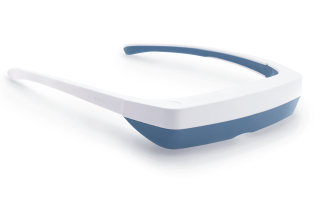
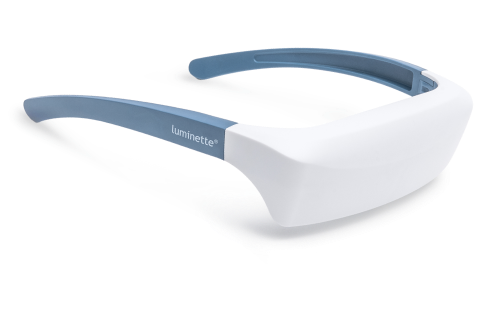
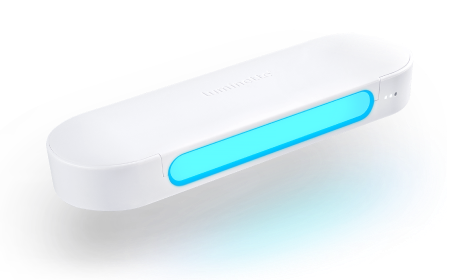
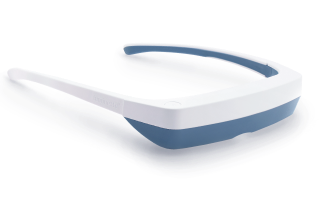
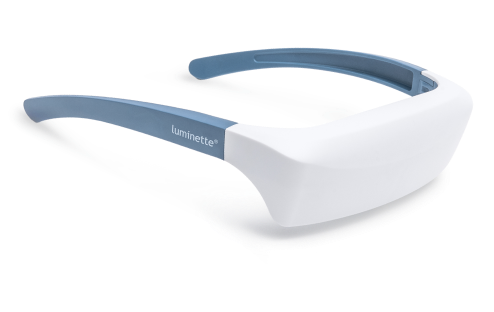

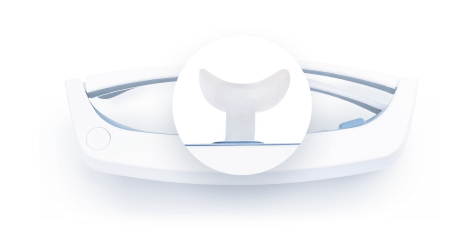
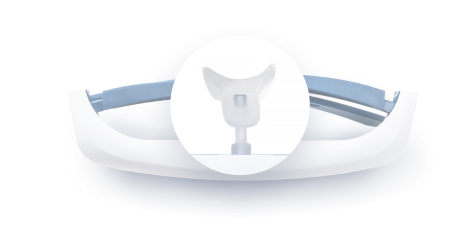
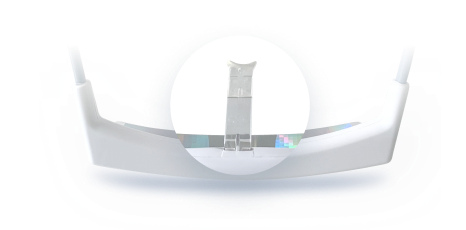
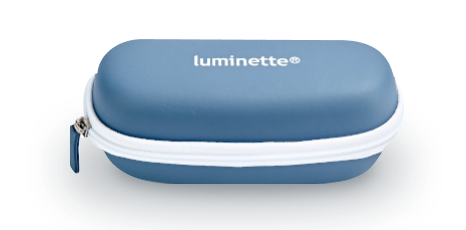
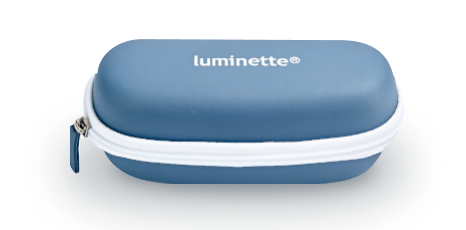





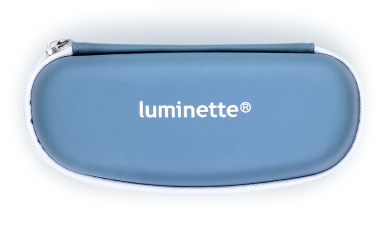
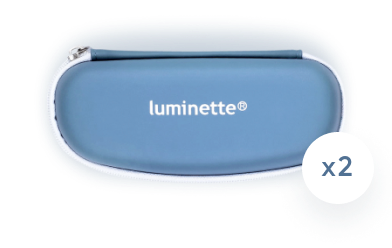
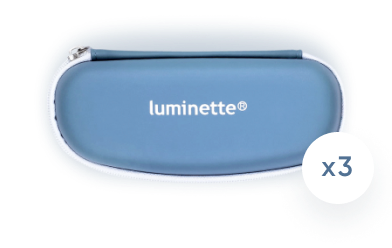
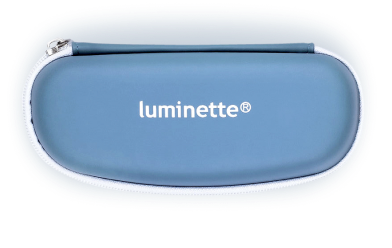


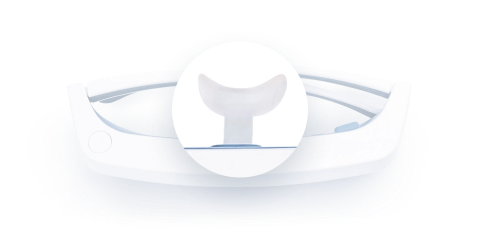

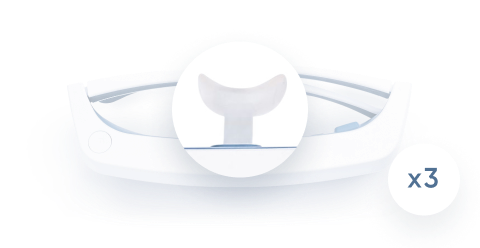






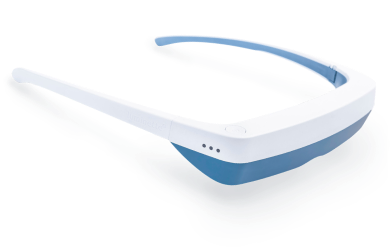
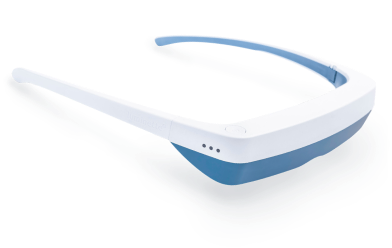
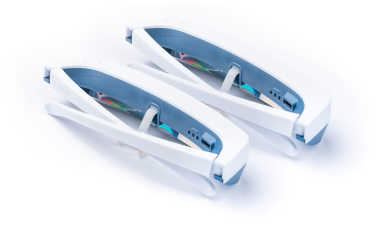
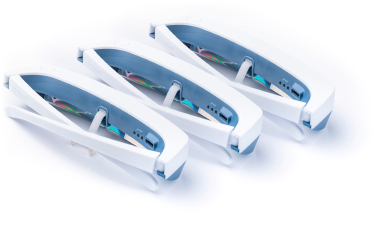
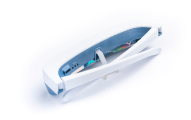
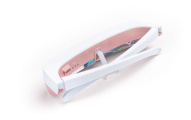

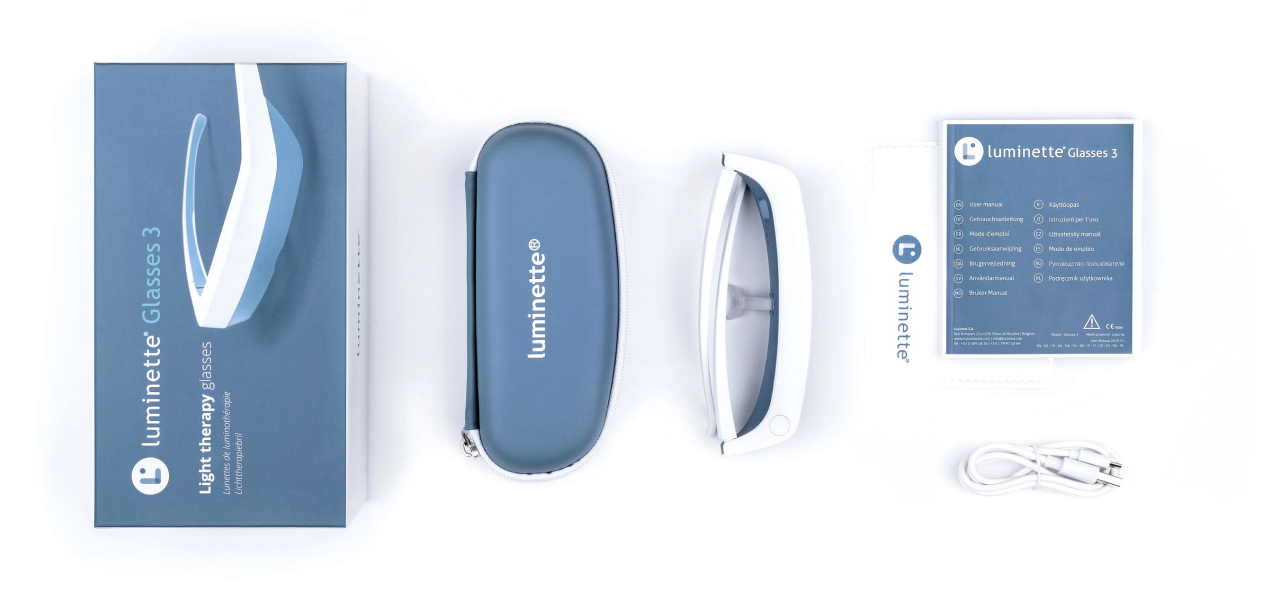
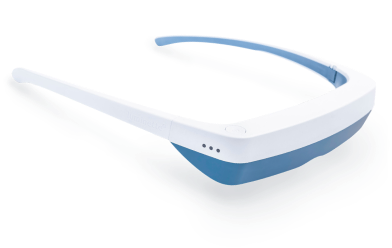
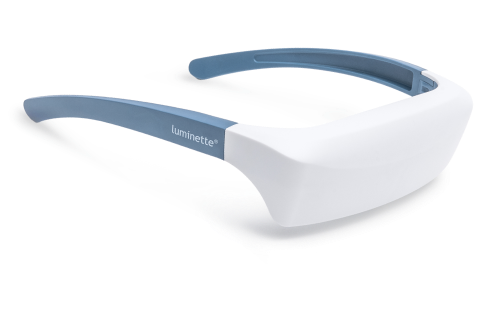
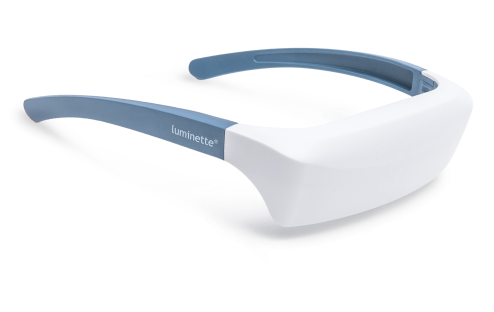

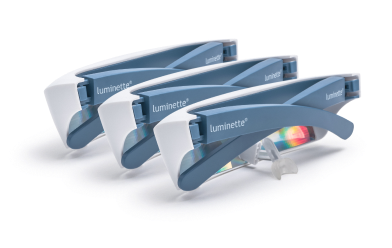

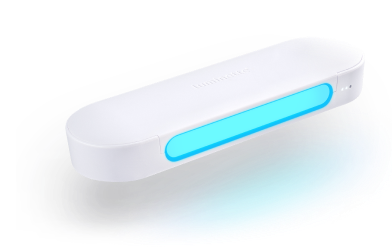
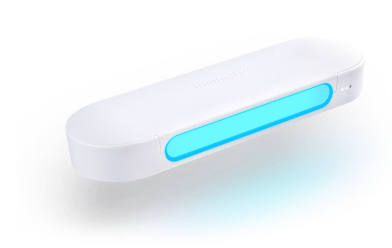

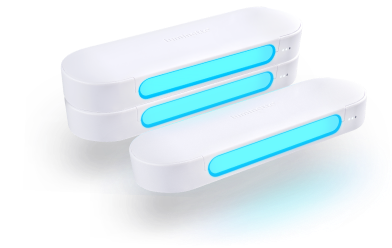


 Please note
Please note



